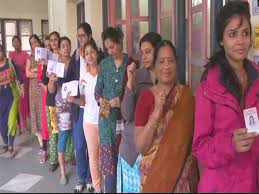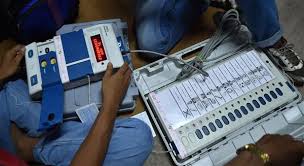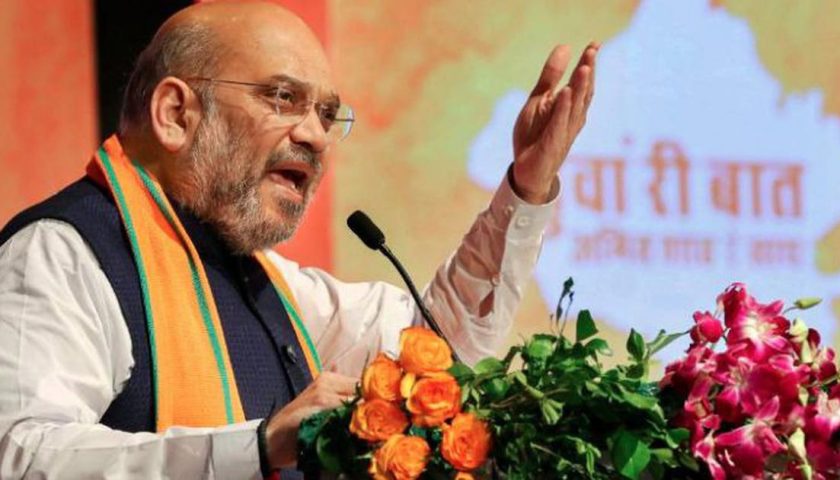Nearly half of Gujarat will go to the polls on Saturday in the first phase of elections in Prime Minister Narendra Modi’s home state covering 89 assembly seats across Saurashtra and south Gujarat regions.
This will be the first time when Election Commission will experiment with voter verifiable paper audit trail (VVPAT) machines in all booths. The new system verifies that the vote cast by a voter goes to the correct candidate.
Over 2.11 crore voters are eligible to exercise their franchise in a bi-polar election being held for the first time after Modi became PM. BJP has won the last five elections, the last three in 2002, 2007 and 2012 under the leadership of Modi who has been campaigning vigorously for about two weeks now. Winning five times in a row also means fighting the weight of a 22-year incumbency for BJP.
Of the 89 phase-1 seats, BJP won 63 and Congress just 22 in 2012. Congress is hoping to substantially improve its performance, especially in Saurashtra where the Patidar unrest makes BJP look vulnerable. Bolstering the Congress chances is the fiery 24-year-old quota warrior Hardik Patel who has been working up bigger crowds than Modi, albeit only in Patidar strongholds.

As many as 31 phase-1 seats have more than 20% Patel voters. While Patels account for just 14% of Gujarat’s electorate, they have been traditionally getting disproportionately high representation in the assembly because of their financial and social clout. BJP has fielded 29 Patels and Congress 25 in this phase.
While BJP is bound to lose some hold over the Patel vote bank, it has tried to consolidate its base among other upper and lower castes who, often at the village level, are at odds with the Patels. The fact that there has consistently been a 10% gap in BJP and Congress vote share shows that the latter has a lot of catching up to do.
But this election is as much about trade and business as it is about caste combinations. Issues like demonetisation and GST in this traditionally entrepreneurial state are bound to have a bearing in the urban and semi-urban areas where BJP is really strong. In fact, the ‘Vikas gando thayo chhe’ (development has gone mad) campaign clicked in social media because of these factors, though BJP quickly hit back with the slogan ‘Hun chhu vikas, hun chhu Gujarat’ (I am vikas, I am Gujarat).
Modi has projected himself as a son of the soil and tirelessly focussed on the development plank, apart from attacking Congress for corruption during the UPA regime and for pursuing casteist politics. On the other hand, Congress vice-president Rahul Gandhi has attacked Modi for being pro-industrialist and ridiculed the ‘Gujarat model’ as a lop-sided development model which is anti-poor.
A unique feature of Gandhi’s campaign in Gujarat was his visits to numerous temples, including Somnath, where an entry in his name in a register meant for non-Hindus stirred up a debate on his faith. This prompted BJP president Amit Shah to ask why the Gandhi scion had never visited temples in Delhi where he lives.
The first phase will seal the fate of 977 candidates, including chief minister Vijay Rupani and seven of his ministers. Elections in the remaining 93 seats in north and central Gujarat will be held on December 14. Counting of votes for the 182 seats will be held on December 18.






